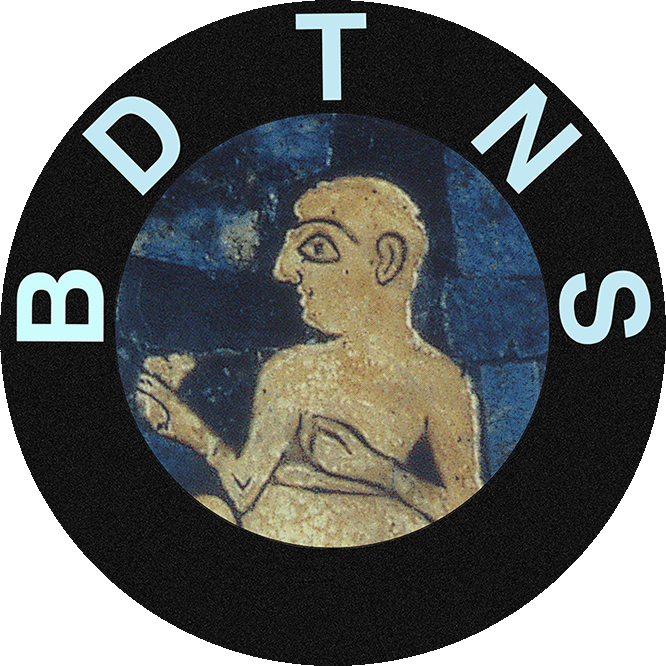|
Period |
Language |
Provenance |
Object |
Genre |
|
Ur III
|
Sumerian
|
Puzriš-Dagān |
|
|
|
Date |
Dates Referenced |
Measurements |
Seal |
|
SH47 - 12 - 00 |
|
|
N |
|
|
Owner |
Museum No. |
Accession No. |
Excavation No. |
|
Southern Methodist University - Bridwell Library, Dallas, TX, USA
|
Bridwell Library ––– (=Lane 4 =SIF 2)
|
|
|
|
|
Publication
|
|
| Nelson, S.B. | 1972 | Nasha, Diss., p. 21 Lane 4 (SIF 2) | Edition (T, Ts) | | ––– | 2021 | ePSD P200521 | Resource (T) | | ––– | ––– | CDLI P200521 | Resource |
|
|
Author of Transliteration
|
| Transliteration of text | 1972 | Nelson, S.B. ( Nasha, Diss., p. 21 Lane 4 (SIF 2) ) | | Revision of text | 2001 | Maaijer, R. de / Jagersma, B. ( CDLI ) | | Revision of text | 2001→ | Molina, M. ( BDTNS ) |
|
|
Remarks
|
Formerly at Southern Methodist University - A.V. Lane Museum.
[M. Molina]
------
https://sites.smu.edu/bridwell/specialcollections/avlane/tablets.htm
«The A. V. Lane Museum purchased a number of cuneiform tablets over the course of several years beginning in 1929, mostly from Dr. Edgar James Banks. In 1933, Professor I. H. Hicks sent twelve of the tablets to Samuel I. Feigin at the Oriental Institute at the University of Chicago for translations. For many years, the Tablets were on display as part of the A.V. Lane Museum collection. They were relocated to Bridwell Library when the Lane Museum merged with the library's own collection. Several of these tablets are of special historical interest, as they originate from the site of Abu Jamous, near Babylon; comparatively few tablets have been found at this site. Over the years the tablets have been exhibited and moved many times and identifications are no longer certain.”.»
[WEB]
------
|
|
|
| Text |
|
|
|
|
1
|
1 sila4 dEn-lil2
|
|
2
|
1 sila4 dNin-lil2
|
|
3
|
mu-kux Šeš-Da-da sanga (=DU)
|
|
4
|
1 sila4 dEn-lil2
|
|
5
|
1 maš2 dNin-lil2
|
|
6
|
mu-kux A-hu-ma (=DU)
|
|
7
|
zabar-dab5 maškim
|
|
8
|
2 ab2 10 la2 1 udu
|
|
9
|
3 u8 3 maš2
|
|
10
|
12 ud5
|
|
11
|
šu-gid2 e2-muhaldim
|
|
12
|
u4 20-kam
|
|
13
|
ki Na-sa6-ta ba-zi
|
|
14
|
iti še-KIN-ku5
|
|
15
|
mu us2-sa Ki-maški ba-hul
|
|
| |
